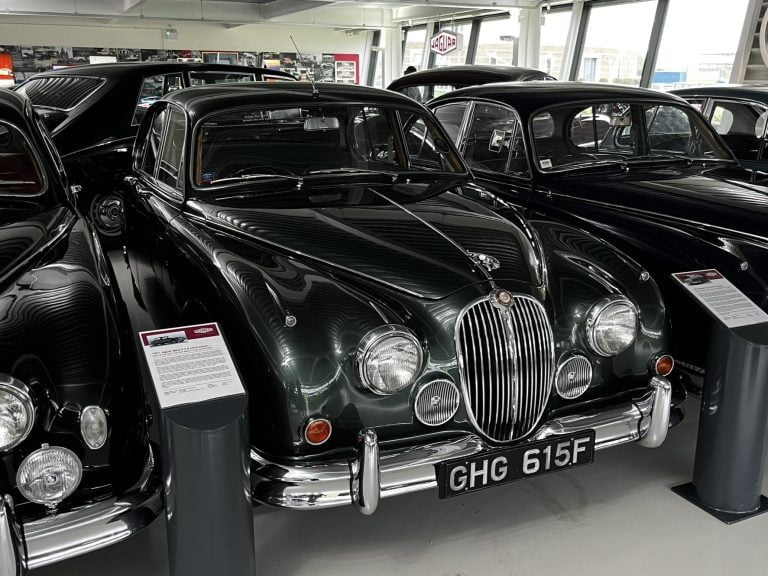1950s
The 1950s was a transformative decade for the automotive industry, characterized by rapid technological advancements, groundbreaking designs, and the emergence of some of the most iconic models in automotive history. This era marked a significant shift in the industry, driven by post-war prosperity, consumer demand, and innovative engineering.
In the aftermath of World War II, the global economy experienced substantial growth, leading to increased consumer spending and a burgeoning middle class. The automotive industry capitalized on this economic boom, with car manufacturers introducing new models that catered to the desires of a more affluent and aspirational society. Automobiles became symbols of status and success, reflecting the optimism and forward-thinking spirit of the time.
The 1950s were also notable for their distinctive automotive styling. Car designs became more extravagant, with longer, lower, and wider bodies. Fins, chrome accents, and two-tone paint schemes were hallmarks of the era. The influence of jet-age design and space-age optimism was evident, with cars often resembling futuristic aircraft.
Towards the late 1950s, the foundation for the American muscle car was being laid. High-performance models with powerful V8 engines began to emerge, setting the stage for the muscle car craze of the 1960s. Cars like the Chevrolet Corvette (introduced in 1953) exemplified this trend with their emphasis on speed and performance.
The 1950s also saw the globalization of the automotive industry. European and Japanese manufacturers began to make significant inroads into international markets. Companies like Volkswagen, Mercedes-Benz, and Toyota expanded their presence, setting the stage for a more competitive and diverse global automotive landscape.

1950
Aston Martin DB2
Luxury and Performance in Motion

1951
Jaguar C-Type
The Iconic Le Mans Champion

1954
Mercedes-Benz 300 SL
A Pinnacle of Automotive Innovation

1954
Alfa Romeo Giulietta
A Timeless Icon of Italian Automotive

1954
Jaguar D-Type
The Le Mans Legend

1956
BMW 507
The Prettiest BMW

1957
Fiat 500
Italy’s Beloved ‘People’s Car’

1958
Jaguar 3.4 Litre Saloon
A Blend of Luxury and Performance

1959
Austin-Healey 3000
British Sports Car Icon

1959
Morris Mini-Minor
A Revolutionary Compact Car Ahead of Its Time